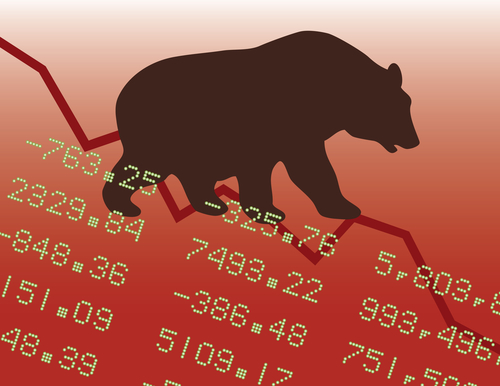A Simple Way to Avoid Head Fakes

Whether you trade currencies, commodities, or stocks, understanding technical analysis is crucial to your success. Unfortunately, many traders continue to fall into the same trap of ignoring the basics like the head fake.
This can happen when a price temporarily moves higher, for example, giving the impression that a bottom may be in place. But as many of us are well aware, trading on the impression of recovery can be costly.
For example, in September 2017, shares of Equifax (EFX) took a nasty dive of their failure to protect the personal information of 143 million people against hackers. In fact, the stock plummeted from a high of $140 to $125 in a day. And for many, it seemed as if the worst was priced in. Relative strength (RSI), MACD and Williams’ %R were all in oversold territory. How much worse could it get (famous last words)?

So, on September 12, 2017, traders began to jump back into the stock, believing a bottom was firmly in place at $115 without ever waiting for confirmation of trend change. They rushed the trade, and watched the stock sink another $20 lower from that point.
The stock would sink from $115 to $100 to less than $95. That didn’t need to happen, though. Just because a stock appears to have bottom out temporarily does not make it a buy. Instead, what we want to see is a close above the pattern over multiple days prior to buying what appears to be a bottom. If we fail to confirm the bottom is real, it’s a warning sign of a potential bear trap – and a warning sign to stay away.
We also want to confirm if the break is real or not with a change in volume.
Consulting volume for confirmation of a potential break higher is essential to ensure changes in supply and demand. If the stock begins to move higher, or give the impression of a bottom, yet there’s not a lot of volume, we have to question its validity.
Without it, we don’t know if the stock has simply gotten ahead of itself or what may be happening. In short, never trade an initial break higher. Wait for confirmation. You have to expect potential pullbacks and failure until you get the confirmation you need.
If you’re not patient with what appears to be a breakout, you can lose a great deal.
Let’s say you bought 500 shares of EFX at $115 a share, thinking the bottom was in. Excluding broker fees, that’s $57,500. You believed the stock could refill its bearish gap at $140 after putting in what appeared to be a bottom. Had it done so, you could have realized a profit of $12,500. But you didn’t wait for confirmation.
Instead, you got to watch your $57,000 invested lose about $10,000 of value in just days.
Losing that kind of money that fast can be torture. Wait for confirmation next time.



